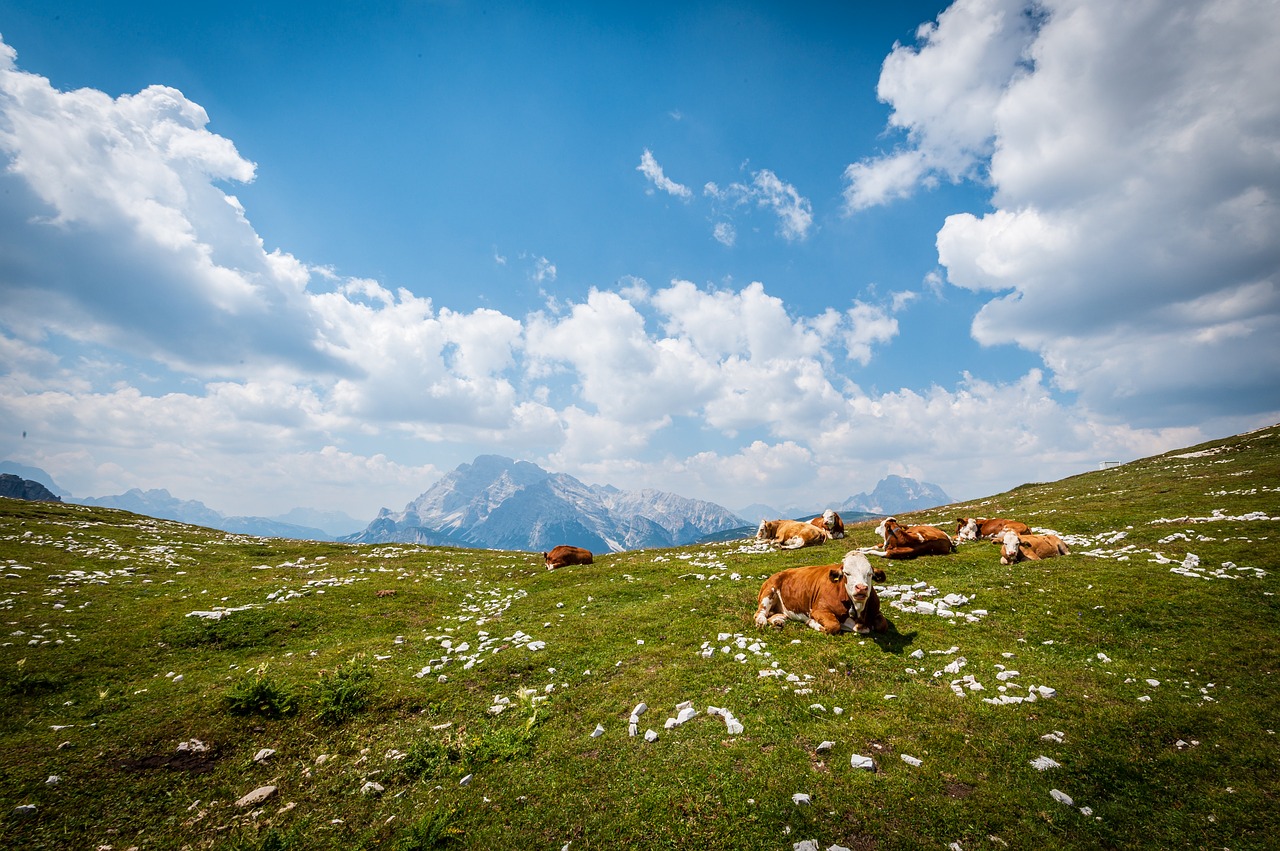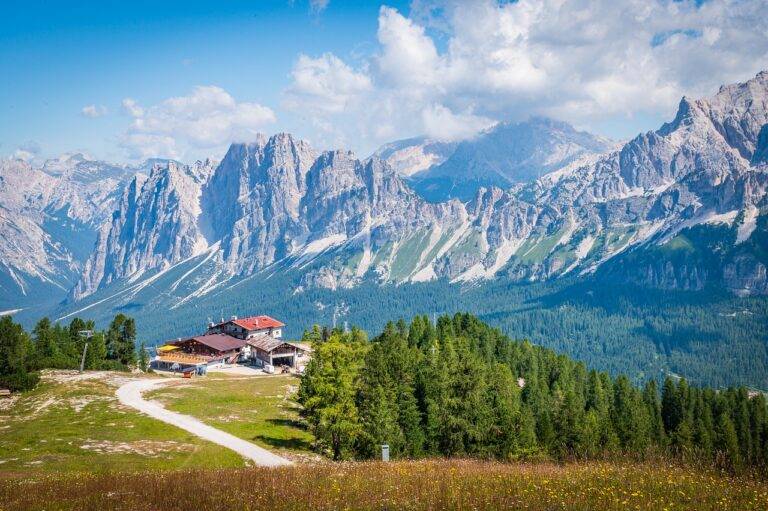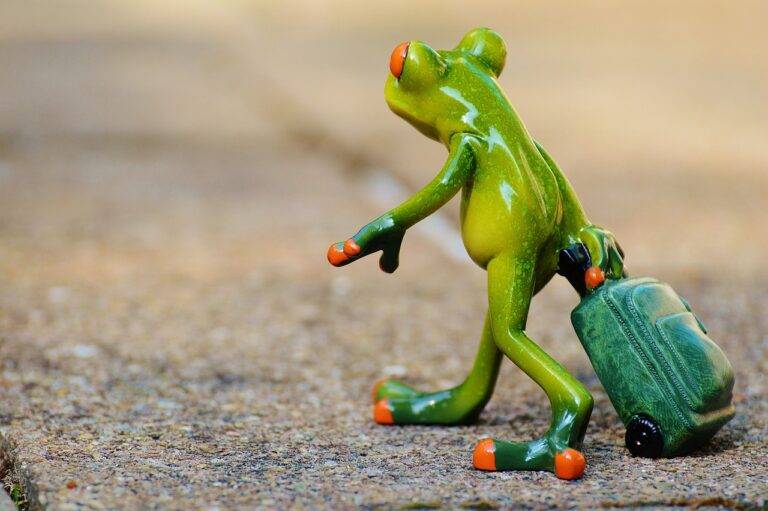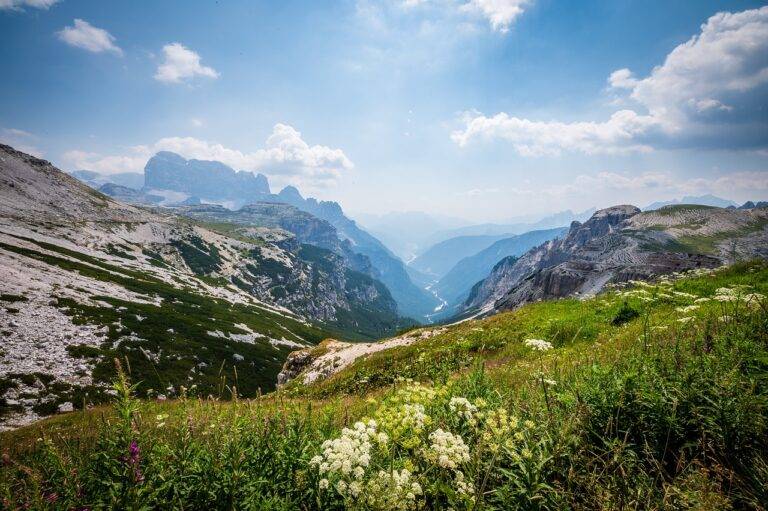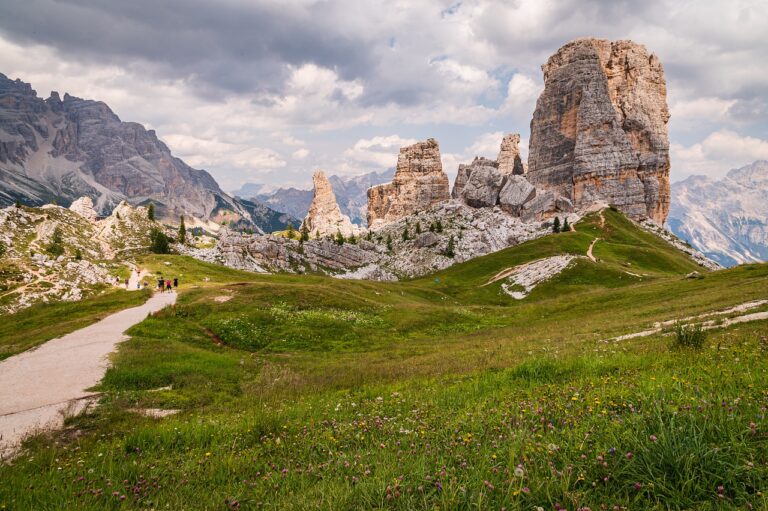Plastic Clean-Up Initiatives in Popular Travel Destinations
Plastic pollution has become an increasingly concerning issue in many popular travel destinations around the world. From pristine beaches to bustling city streets, the presence of plastic waste is hard to ignore. This not only poses a threat to the natural beauty of these locations but also has severe consequences on the environment and wildlife inhabiting these areas.
Tourists often contribute to the problem by generating a significant amount of plastic waste through single-use items such as water bottles, straws, and food packaging. Unfortunately, inadequate waste management systems in these destinations further exacerbate the issue, leading to overflowing landfills and pollution of oceans and waterways. As a result, the very attractions that draw visitors in with their picturesque landscapes are being marred by the visible presence of plastic debris, highlighting the urgent need for collaborative efforts to address this global challenge.
Impact of Plastic Pollution on Environment and Tourism
Plastic pollution has devastating effects on both the environment and the tourism industry. When plastic waste enters oceans and natural habitats, it poses serious threats to marine life and ecosystems. Animals may mistake plastic debris for food, leading to ingestion and often fatal consequences. The contamination of oceans and beaches with plastic not only harms wildlife but also deteriorates the natural beauty that attracts tourists to these destinations.
In the tourism sector, plastic pollution negatively impacts visitor experiences and can deter travelers from returning to places marred by littered beaches and polluted waters. The sight of plastic waste washed ashore or floating in the sea can damage the reputation of popular travel destinations, leading to a decline in tourism revenue. Additionally, the economic repercussions of plastic pollution extend to local communities that rely on tourism for their livelihoods, as a decline in visitors can result in job losses and decreased income for businesses in the area.
Innovative Solutions for Plastic Clean-Up
One innovative solution for plastic clean-up is the use of advanced technology such as drones equipped with specialized cameras and sensors. These drones can locate and map plastic waste in hard-to-reach areas, allowing for more targeted and efficient clean-up efforts. By providing valuable data on the extent and distribution of plastic pollution, drones facilitate the prioritization of areas in need of immediate attention.
Another promising approach to tackling plastic pollution is the development of biodegradable plastics made from sustainable materials. These eco-friendly alternatives break down naturally in the environment, reducing the long-lasting impact of traditional plastics on ecosystems. By promoting the use of biodegradable plastics in packaging and products, we can lessen the reliance on non-biodegradable materials and move towards a more sustainable future.
What are some innovative solutions for plastic clean-up?
Some innovative solutions for plastic clean-up include using drones equipped with cameras to locate and collect plastic waste, deploying ocean clean-up vessels that can skim the surface of the water to collect plastic debris, and implementing community-based clean-up initiatives to tackle plastic pollution at the source.
How can individuals contribute to plastic clean-up efforts?
Individuals can contribute to plastic clean-up efforts by reducing their own plastic consumption, properly disposing of plastic waste, participating in beach clean-up events, and supporting organizations that are working towards cleaner oceans and environments.
Why is it important to address plastic pollution in popular travel destinations?
It is important to address plastic pollution in popular travel destinations because it not only harms the environment and wildlife but also has a negative impact on the tourism industry. Clean and pristine environments are crucial for attracting tourists and ensuring the sustainability of travel destinations.
What are some of the consequences of plastic pollution on the environment and tourism?
Consequences of plastic pollution on the environment and tourism include damage to marine ecosystems, loss of biodiversity, contamination of water sources, and negative impacts on the aesthetic appeal of tourist destinations. These consequences can lead to a decline in tourism revenue and a negative reputation for travel destinations.

